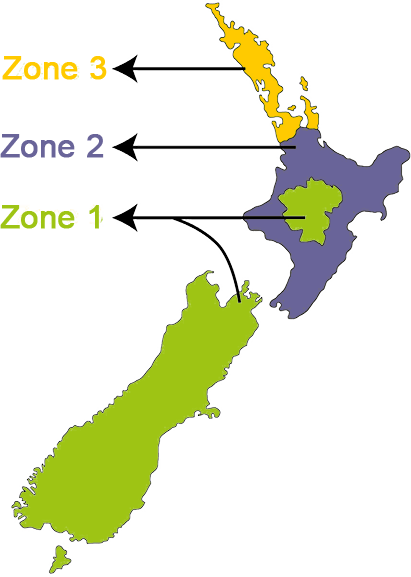
Growing Guide
Full Sun/Partial Shade. Well drained soil (this means water does not pool or puddle, or your container has holes)
1.5cm
3000cm
3000cm
1000cm2
2.5cm
Transplant
7-14
730-1460
Locate an area of your yard or garden where you intend to plant the apple seeds.
Prepare the ground by removing any weeds from the soil, pulling the weeds up by the roots.
Also remove any large rocks or stones and break up any large clumps of soil.
Pick an area of your yard that receives direct sunlight and that has rich, well-draining soil.
Well-draining soil means that water drains through the soil easily, rather than pooling on the surface of the ground.
Well-draining soil is usually dark and fertile looking, as opposed to thick and clay-like.Try to plant the seeds in early spring.
Before you plant your sprouted apple seeds or apple seedling, you want to be sure that the soil is as hospitable and nutrient-rich as possible.
After weeding, spread a 2.5cm layer of compost over the soil.
You can prepare garden compost or buy it at a gardening store.
Use your hands or a garden spade to create a 2.5 cm furrow, or small trench, in the soil.
If you are planting a number of seeds, create one long furrow.
You need to extend the furrow 30cm for every seed that will be planted.
Plant the sprouted seeds in the ground.
After you dig the furrows, plant the apple seeds in the ground, spacing each seed 3m apart from the next.
Spacing the seeds gives them the space to grow and ensures that they won't compete for soil nutrients.
Dwarf apples can be grown in pots.
Follow instructions from straight to garden instructions.
Dig the planting hole twice as wide as the roots in the original plant container.
Free the roots from the container.
Position apple tree in the planting hole, break up it's roots slightly as you lower in.
Place into the whole, and backfill hole with soil.
Form a raised mound of soil around the base of the plant for structural protection.
Water in well.
Mulch around the base of the plant but away from it's trunk.
Apple seeds need cold stratification to break dormancy.
The seeds need to be kept under moist refrigeration for at least 6 weeks before they’re planted.
Place apple seeds in a moist paper towel, and then put that paper towel inside a plastic bag, leaving it open just a crack for air exchange.
Store it in the back of the refrigerator, checking on the towel every week or so to make sure it’s moist.
After a minimum of 6 weeks in a moist paper towel in the refrigerator, you can plant apple seeds just as you would any other seed.
They can be direct seeded outdoors if it’s after last spring frost and the soil can be worked.
Since germination rates are low, and predation from squirrels, mice, and voles can be an issue early on, we generally sprout them in pots.

Zone 1 - Cool
July , August , September , October
Zone 2 - Temperate
June , July , August , September
Zone 3 - Subtropical
May , June , July , August